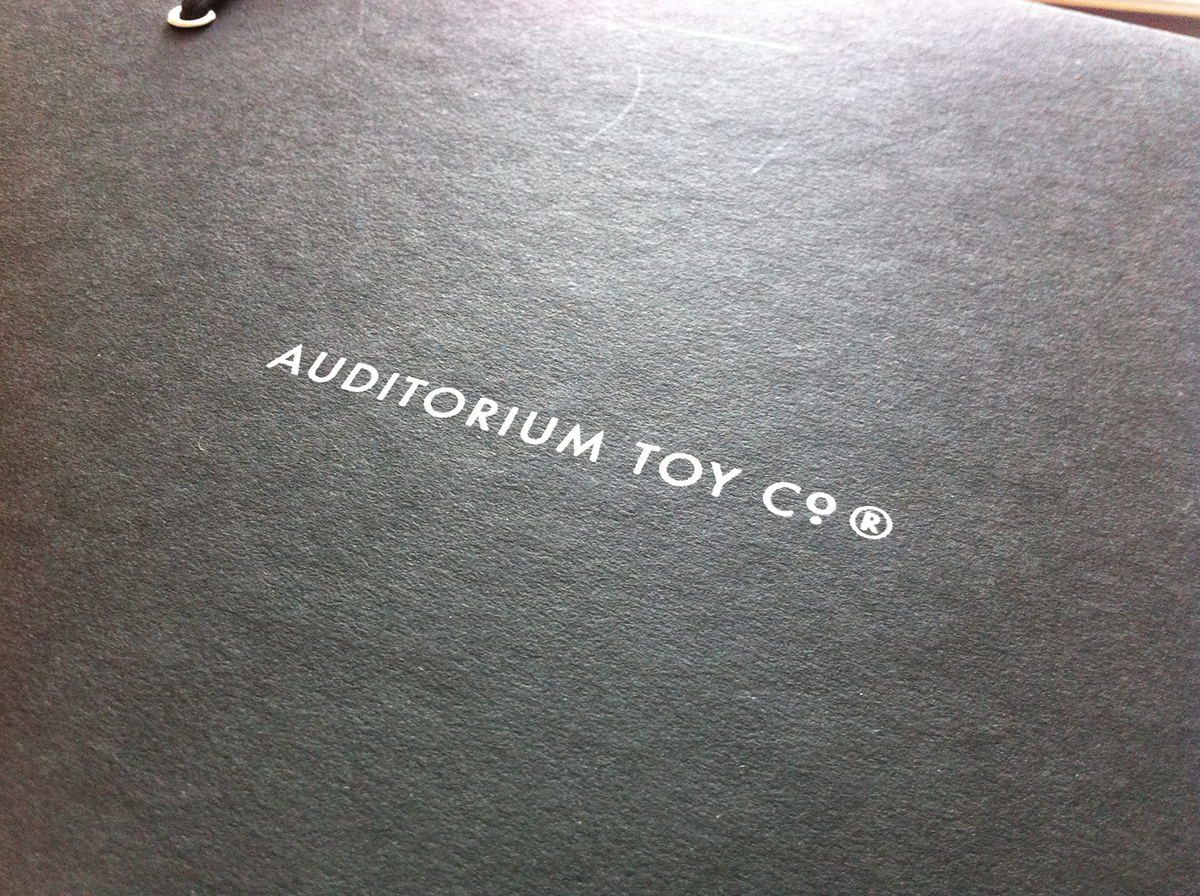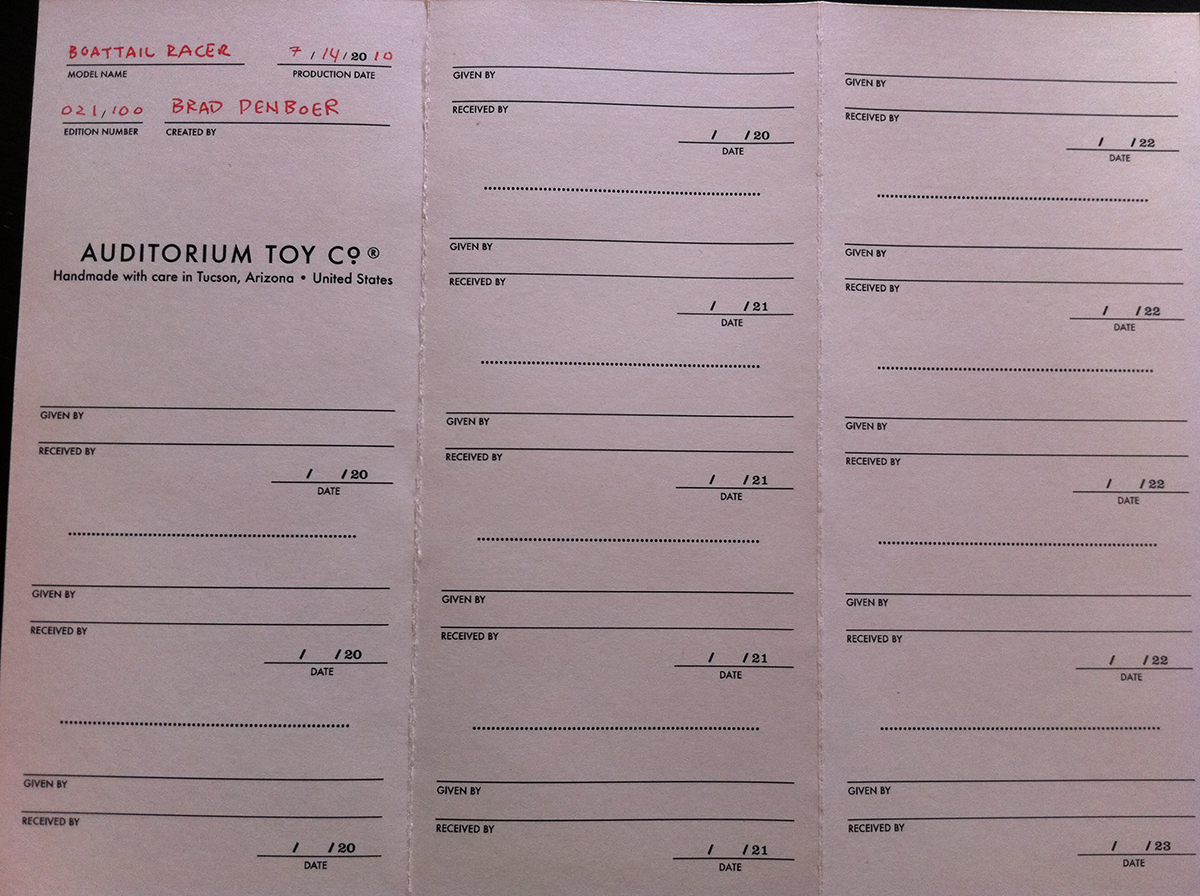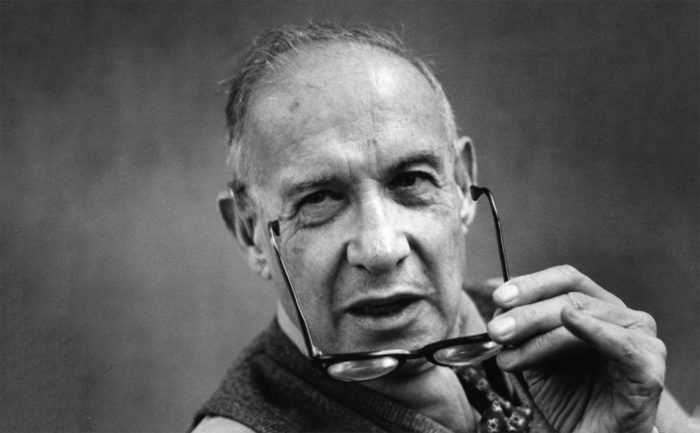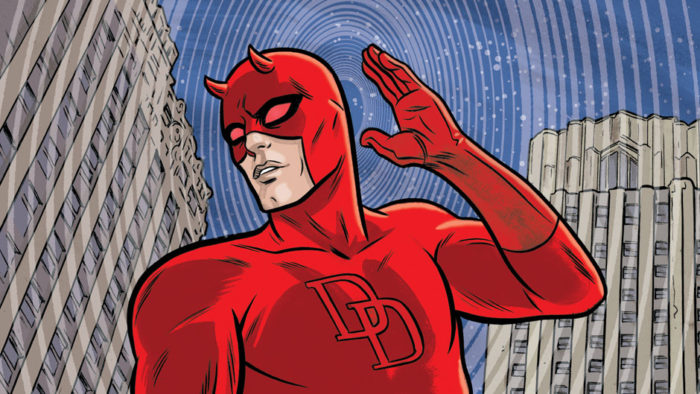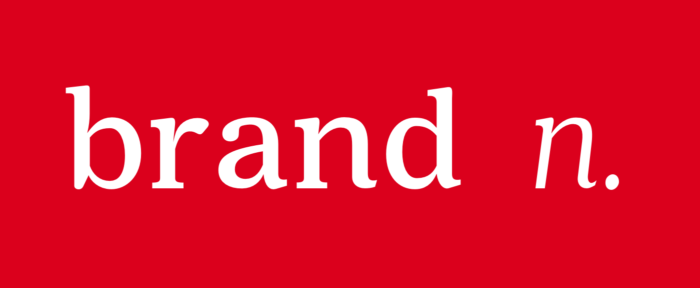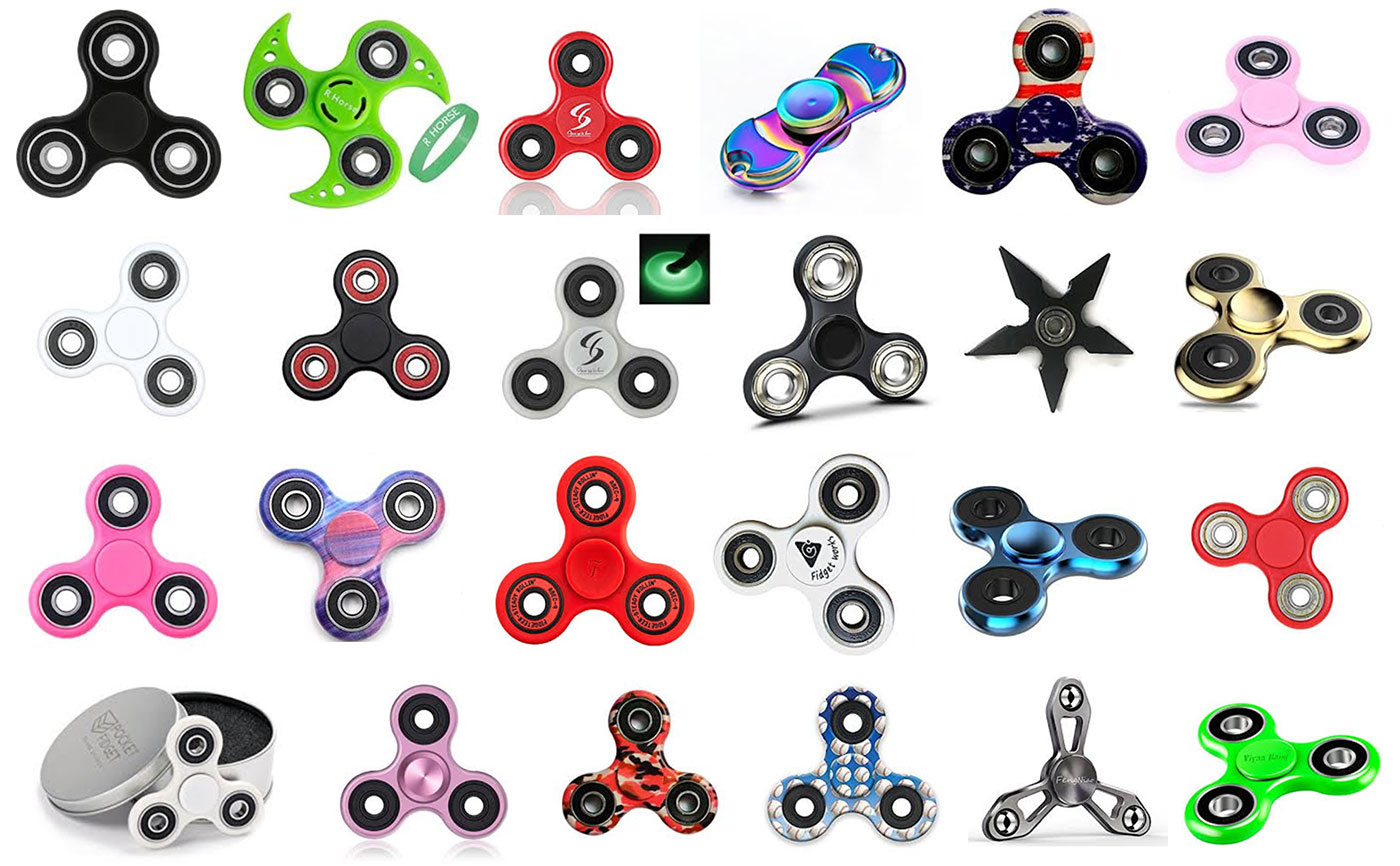
My middle daughter has been begging to get a fidget spinner, which is a little gizmo that (according to the marketing) cures ADHD, anxiety, and stress. In fact, it’s just a small central bearing around which spins an evenly-distributed weight made of plastic or metal. And while the jury is still out on their healing properties, they are undeniably fun to play with and pretty darn cool.
If you have children, you’re no doubt already familiar with fidget spinners, and you’re probably also aware that there are about a metric gajillion of them for sale on Amazon that look more-or-less the same, all sold by companies no one’s ever heard of.
So how does a dad go about finding the best brand of fidget spinner for his daughter? Well, it’s actually pretty simple.
If you’re like most people, when you read “the best brand of X,” you interpret that to mean “the best X.” And finding “the best” of something requires a discussion about what criteria and specifications make one X better than another X. But “the best X” is not the same thing as “the best brand of X”.
In my case, finding “the best fidget spinner” would have required locating some authority (TheWireSpinner.com?) who had evaluated all of the options and determined which one was objectively “the best.”
But “the best brand” of fidget spinner is something different. A brand is how you feel about a thing, so finding “the best brand of fidget spinner” meant what I actually had to find was the one I felt best about buying and giving to my daughter.
I could have spent an hour (or more) trying to sort through the options on Amazon, paralyzed by choice and worrying that I’d end up with a piece of junk from a no name company I had to exchange a week later after it broke. But doing that would have made me feel miserable.
So instead, I got in my car and drove five minutes down the road to Geppetto’s, an awesome local toy store chain. And lo and behold — they had a rack of fidget spinners right behind the counter. Also behind the counter was an exceedingly helpful associate who is evidently the world’s leading expert on fidget spinners and helped me choose between the three types of spinners Geppetto’s offers.
I chose a fidget spinner confident that Geppetto’s (a store I trusted) wouldn’t stock a junky product, and that even if the spinner I bought went bad, I could easily return to the store and exchange it with no questions asked.
Sure, I paid a little more for it than I might have on Amazon, but in exchange I feel great about my purchase and my daughter loves it. Warm feels all around.
And that, simply put, makes the spinner I bought the best brand of fidget spinner for me. (Ironically, I don’t even know the name of the company that makes it.)
If you’re a maker, it’s easy to obsess about the thing you’re making and its characteristics, thinking your thing need to be “the best” for anyone to want it. But the truth is none of us ever buys “the best X,” even when we claim we are. We’re always buying “the best brand of X,” and sometimes that’s just right around the corner.
